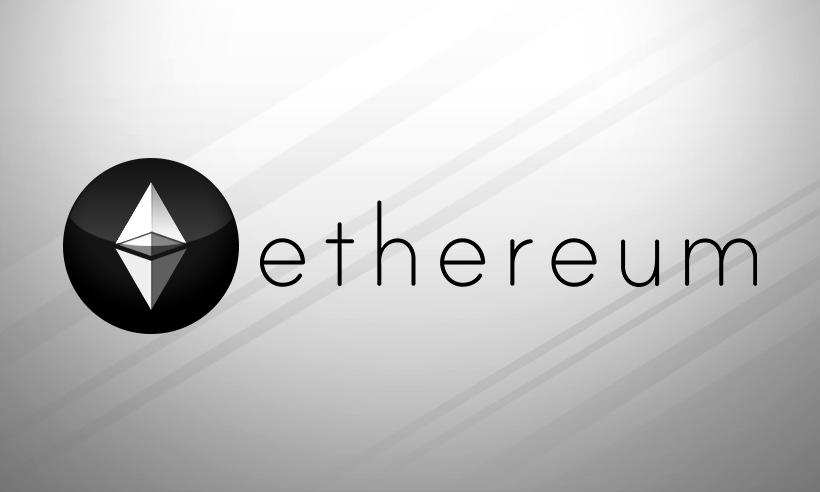Ethereum Blockchain Upgrade May Increase Institutional Adoption
Table of contents
Investors Prohibited From Buying Tokens
Some institutional investors who were previously prohibited from purchasing tokens that operate on blockchains employing PoW consensus techniques may now be allowed to acquire Ether (ETH) for the first time. It is because of the significant decrease in energy usage that followed the Merge, according to the research.
According to analysts Alkesh Shah and Andrew Moss,
"The ability to stake ETH and generate a higher-quality yield (lower credit and liquidity risk) as a validator or through a staking service rather than on block-box lending/borrowing applications may also drive institutional adoption."
Web3 Ecosystem Of DApps
According to the Bank of America, the Web3 ecosystem of decentralized applications (dApps) might potentially be impacted by a higher-quality return. DApps are applications that employ blockchain technology to protect user data from being in the hands of the companies who created them.
The bank stated that for a decentralized insurance protocol like Nexus Mutual to be a viable substitute for conventional insurance firms, it needs to make a return on its reserves. Insurance firms often invest their reserves in corporate and governmental debt, but it can be challenging to locate instruments in the digital asset ecosystem with bearable risk and return characteristics. The nearest option may be to stake on Ethereum.

